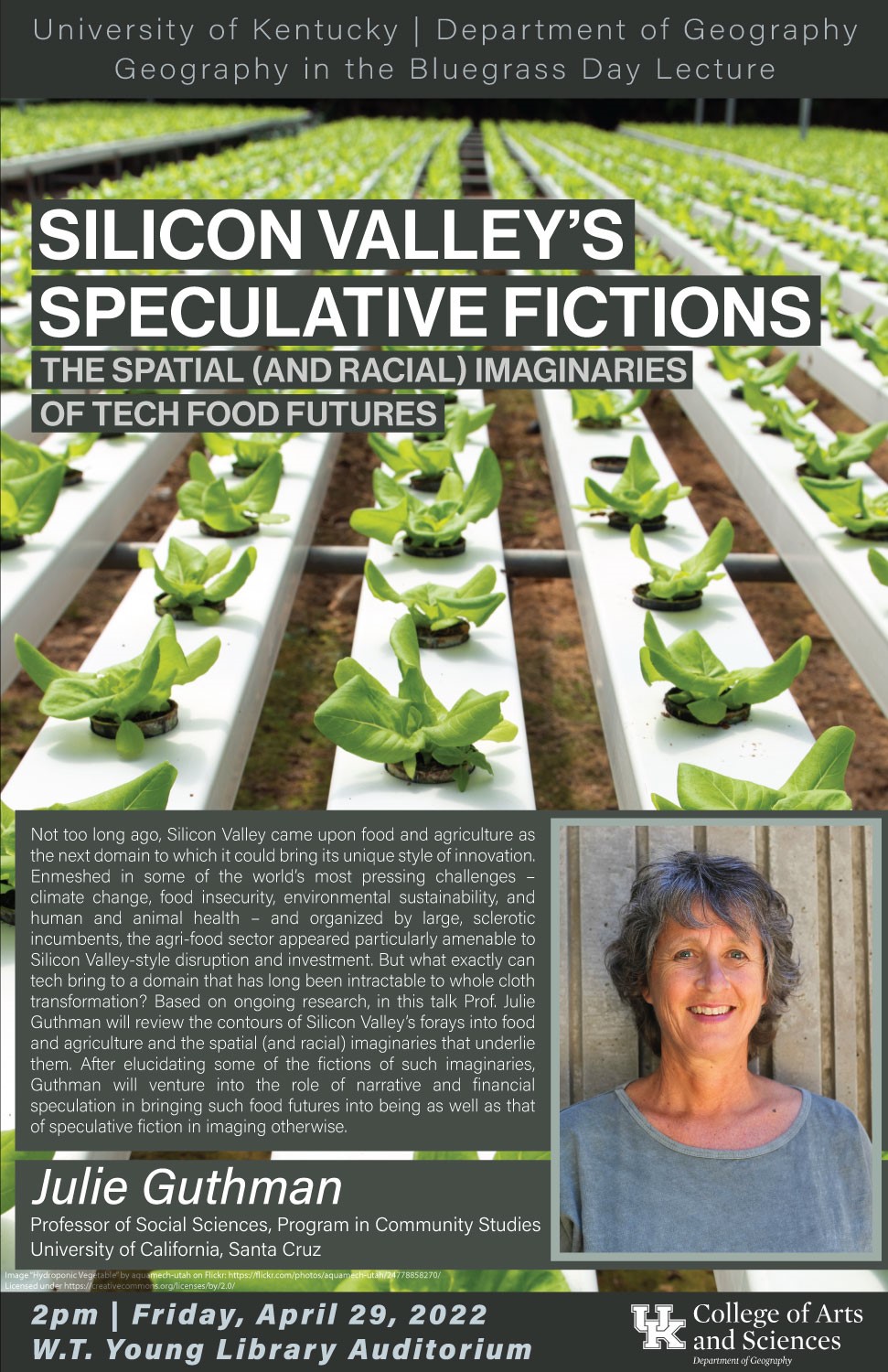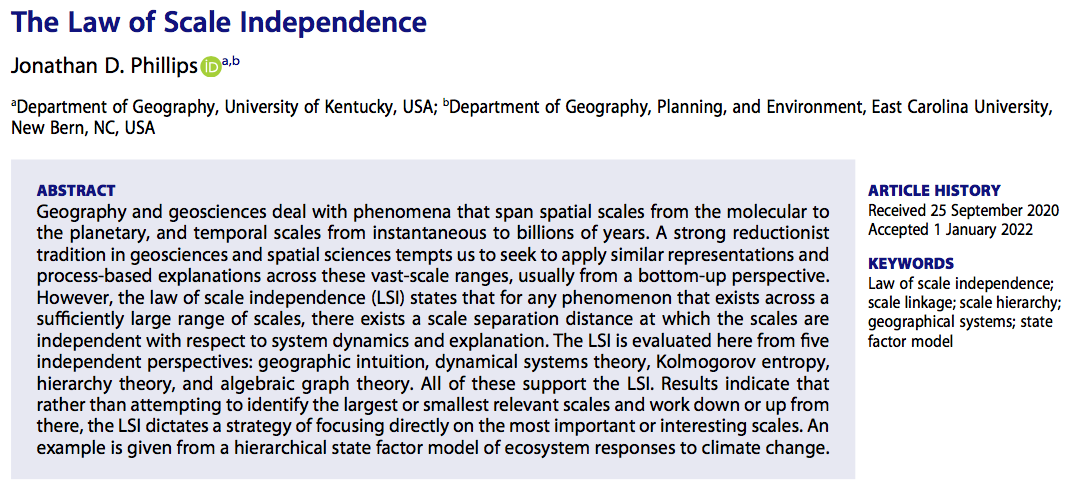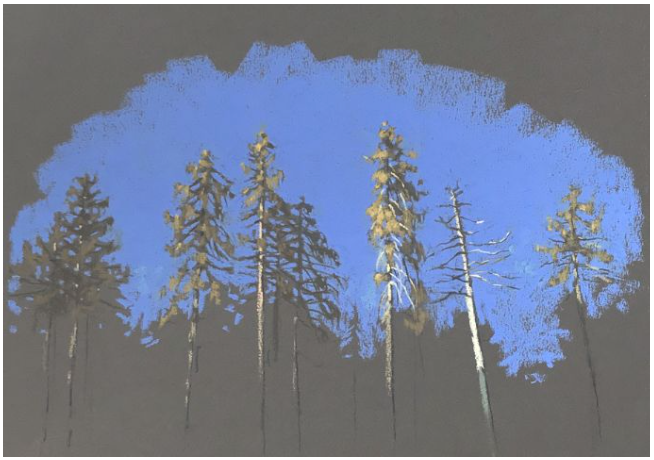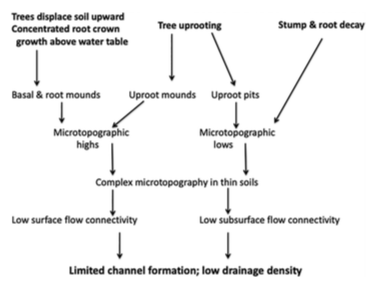Geopolitics of Disability and the Horizon of Refuge
2021-2022 A&S Distinguished Professor Lecture
Patricia Ehrkamp
Professor and Chair, Department of Geography
Geographic studies of migration have resoundingly demonstrated that the pathways for people on the move are not simple linear trajectories, but routinely involve circuitous routes that may be repeated and often involve a great deal of waiting, on paperwork, at border crossings, in detention, and sometimes in refugee camps. While refugee resettlement offers a hope for durable refuge for some, the naturalization process itself can become another moment of great uncertainty. This lecture is based on collaborative research in four resettlement sites in the US conducted 2016-2019 and funded by the US National Science Foundation (co-PIs Dr. Jenna Loyd at UW-Madison and Dr. Anna Secor at Durham University).
My talk explores the potentially contentious role of the medical waiver form (Medical Certification for Disability Exceptions (N-648)) in citizenship applications. Based on this collaborative work, I argue that medical certification requests deliberated during the naturalization process echo the medico-legal process of initial asylum-seeking, folding structures of scrutiny at time of entry into a similarly distrustful process years later. At both moments, legal terms of credibility can clash with medical knowledge about mental and physical functioning or impairments as certified by medical practitioners. Yet the denial of a citizenship application can prolong the time that one does not have access to benefits like Supplemental Security Income (SSI), which can negatively affect housing, food, transportation, and other daily needs. Thus, the denial of a medical waiver turns a process for making legal disability accommodations into a situation that sustains disabling living conditions while extending the horizon of citizenship. This analysis highlights how thinking critical refugee studies together with feminist disability studies provides avenues of further extending feminist understanding of geopolitical processes and space-times.
The event will be held in person and virtually. To register for the virtual event, click here.





